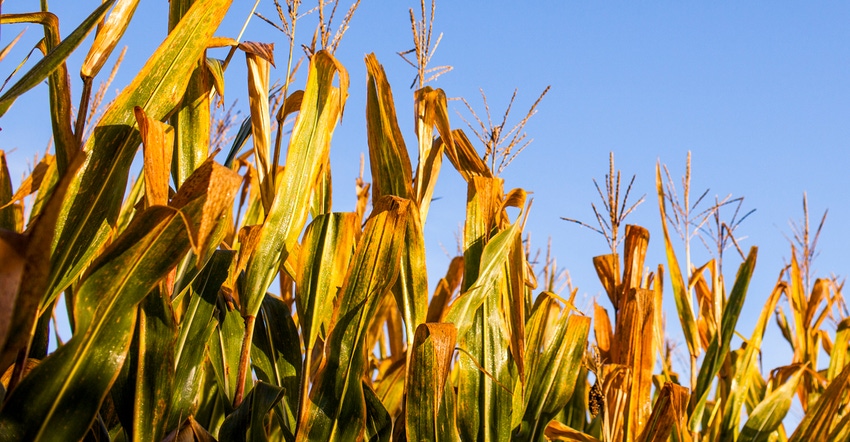October 18, 2018

By Jon Zuk
Soggy conditions caused many Minnesota farmers — especially those in the southwestern portion of the state — to struggle with disease this year.

Jon Zuk

Here is a brief recap of the major corn and soybean diseases in our state, followed by some tips to get a jump on mitigating them in 2019:
Observation 1. Stalk rot was a problem in corn. Four different types of stalk rot — anthracnose, gibberella, fusarium and diplodia — made harvesting corn difficult because of downed stalks. Several foliar diseases were also prominent, including anthracnose leaf blight, gray leaf spot, common rust and eyespot. Northern corn leaf blight appeared but was not widespread.
Observation 2. Soybeans experienced “the usual.” Diseases in soybean plants included white mold, sudden death syndrome and brown stem rot, which were problematic in certain localities with certain varieties. However, if managed properly, they were not particularly yield-limiting in scope.
Observation 3. New diseases surfaced. A number of cornfields had bacterial leaf streak, which is becoming more prominent, especially in certain hybrids. This disease is usually seen further south, in states like Nebraska. In soybeans, downy mildew appeared. Although not new to Minnesota, it was more widespread this year, likely because of extended periods of leaf wetness and high humidity. Typically, downy mildew is more prevalent further south and east in states like Ohio, Indiana and Illinois, but rarely has significant yield impact.
Tip 1 for 2019. Beef up nutrient management. Stressed corn plants are more susceptible to disease. For example, I saw quite a bit of nitrogen deficiency. Nutrient deficiencies cause the plant to begin cannibalizing itself, compromising sugars in the stalk. Sugars provide a natural barrier to disease, so removing them invites stalk rot diseases, which may lead to standability issues. This makes good nutrient management crucial. In soybeans, macronutrient management, along with a timely fungicide application and a foliar application of manganese, can be a lifesaver.
Tip 2. Complement management with plant health. Farmers who applied a fungicide to their corn this year found their plants could tolerate more stress than if they hadn’t done so. Applying fungicide at VT is sometimes common practice in high-disease years, but V5 is often a “Should I or shouldn’t I?” question. This year, achieving and maintaining early-season health appeared to have paid off.
Tip 3. Make a farm plan. Hybrid or variety selection, nitrogen and fungicide applications, and appropriate management practices can help your crops fend off disease. You’re going to purchase seed, so buy types that fit the acre and your management. You’re going to buy nitrogen, so apply the right rate. You’re going to farm the field, so determine the proper rotation. This all feeds into making a farm plan. If you don’t have a plan, you can’t manage effectively. There are many different scenarios and variables that could play out during a season. If you have a plan to manage them, you’re far more apt to stay ahead of challenges.
Tip 4. Work with your agronomist and talk with others. Find out what fellow farmers did this year that worked. Then meet with your agronomist and discuss whether those options may fit your management practices, or how those issues may be solved on your farm. This networking and planning phase is critical in helping you become a better farmer and avoid making the same mistakes.
It’s true that weather factors greatly into the level of disease pressure. You can’t control the weather, but you can make your plants as disease-proof as possible through effective in-season management. Work with your agronomist this winter to plan your disease management strategy for 2019.
Zuk is a regional agronomist with WinField United in southern Minnesota. Contact him at [email protected].
You May Also Like




